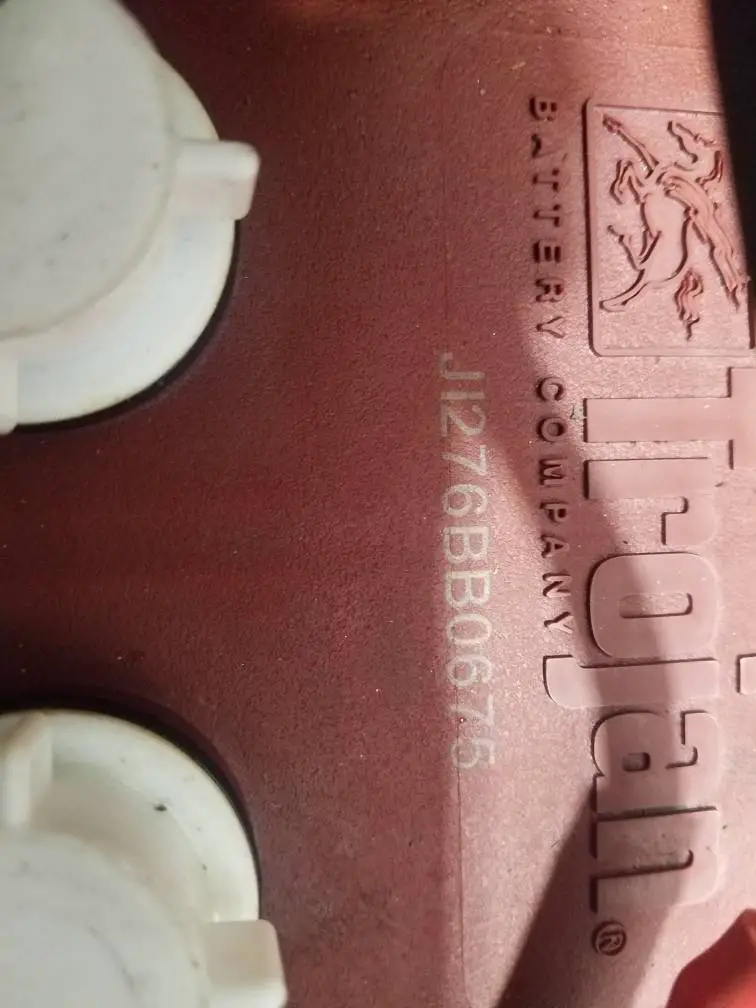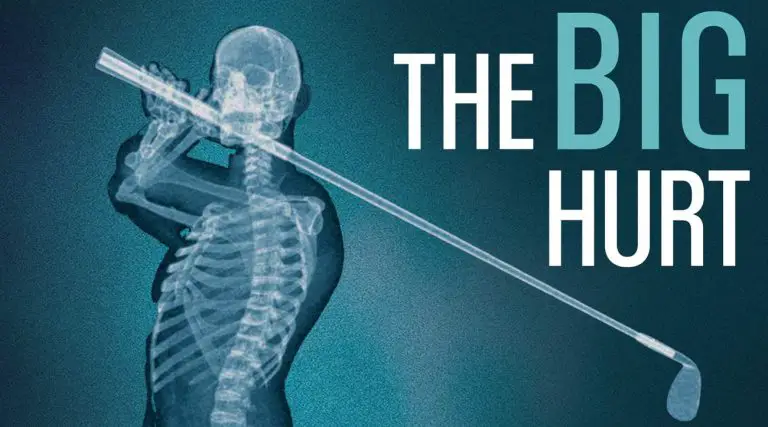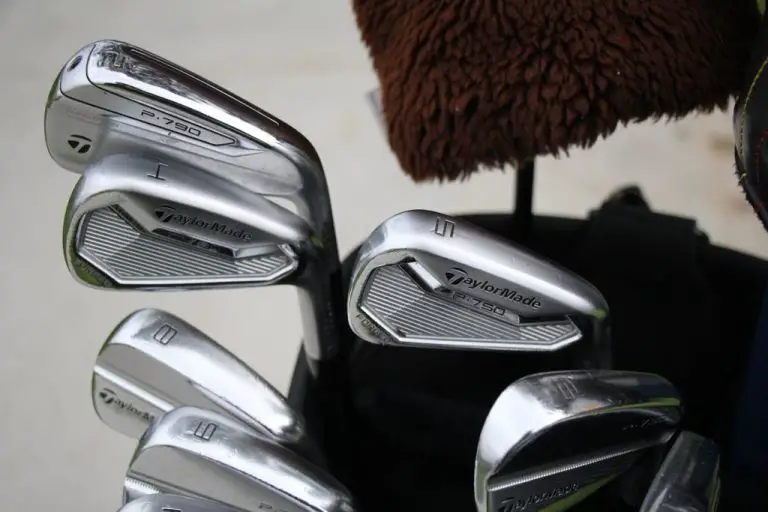How To Hit A Driver Low Into The Wind

When the wind picks up on the golf course, it introduces a new set of challenges for golfers. One particularly crucial skill in windy conditions is the ability to hit a driver low into the wind. This technique allows you to maintain control and maximize distance despite the gusty conditions. In this comprehensive guide, we will delve into the strategies and techniques necessary to master hitting a driver low into the wind.
Hitting a driver low into the wind involves adjusting your swing, setup, and club selection to counteract the wind’s influence. By keeping the ball flight lower, you can minimize the effects of the wind and achieve greater accuracy and control over your shots. This skill becomes particularly valuable when playing on open courses or in coastal regions where strong winds are prevalent.
Throughout this guide, we will explore the various factors that come into play when hitting a driver low into the wind. From understanding the impact of wind on ball flight to adjusting your setup and employing specific swing mechanics, we will provide you with actionable insights to help you navigate windy conditions with confidence.
Whether you’re a seasoned golfer looking to refine your skills or a beginner seeking guidance on playing in the wind, this guide will equip you with the knowledge and techniques needed to hit a driver low into the wind effectively. With practice and an understanding of the key principles, you’ll be able to harness the power of the wind to your advantage and elevate your game in challenging conditions.

Understanding Wind and its Influence on Ball Flight
Wind’s Effect on Shot Trajectory
Golf is a game where external factors like wind can significantly impact the flight path and distance of the ball. To effectively hit a driver low into the wind, it’s essential to grasp how wind affects the ball’s trajectory.
When the wind blows against the direction of your shot, it creates resistance and causes the ball to deviate from its intended path. The speed and direction of the wind directly influence the amount of deviation. Therefore, understanding the wind’s effect on shot shape and distance is crucial for adapting your game to windy conditions.
The Ideal Shot for Windy Conditions
In windy conditions, hitting a driver low is advantageous for several reasons. A low ball flight helps minimize the influence of the wind and allows for better distance control. By keeping the ball closer to the ground, you can avoid the gusts that typically affect higher shots. Additionally, a lower trajectory enables the ball to penetrate through the wind, maximizing distance and accuracy.
Club Selection and Setup for a Low Driver Shot
Choosing the Right Club
Selecting the appropriate club for hitting a driver low into the wind is a critical aspect of achieving the desired ball flight. While a driver is typically the go-to club off the tee, considering factors like loft, clubhead design, and shaft characteristics becomes essential in windy conditions.
The loft of the driver plays a significant role in determining the launch angle and spin rate of the ball. Lowering the loft of the driver can help produce a lower ball flight, reducing the impact of the wind. However, it’s important to strike a balance between loft and playability to maintain sufficient carry distance and control.
Adjusting Setup for a Low Ball Flight
Once you’ve selected the appropriate club, adjusting your setup to promote a low ball flight is crucial. The positioning of the ball, tee height, and your body alignment all contribute to achieving the desired trajectory.
Placing the ball slightly back in your stance helps ensure a more descending strike and reduces the launch angle. This setup position allows for a lower initial launch, enabling the ball to stay below the wind’s influence for longer. Additionally, using a lower tee height helps promote a downward strike, enhancing compression and control.
Maintaining a stable posture and balance throughout the setup is essential. Ensure that your weight is evenly distributed between your feet, allowing for a solid foundation during the swing.
Adjusting Swing Mechanics for a Low Driver Shot
Controlling Launch Angle and Spin
To hit a driver low into the wind, making adjustments to your swing mechanics is crucial. By controlling the launch angle and reducing spin, you can achieve a lower ball flight that cuts through the wind.
When swinging, focus on swinging the driver along a slightly shallower path. This swing path encourages a more level strike on the ball, reducing the loft at impact. Additionally, maintaining a slightly closed clubface can help decrease the spin rate and keep the ball from climbing too high.
Balancing swing speed and tempo is also important. A controlled and smooth swing allows for better control over the clubhead and minimizes unnecessary launch angle and spin.
Enhancing Ball Compression for Distance
Achieving optimal ball compression is crucial for maximizing distance when hitting a driver low into the wind. Compression refers to the ball’s compression against the clubface at impact, which affects the energy transfer and resulting distance.
To enhance compression and distance, focus on creating a downward strike on the ball. This means striking the ball with a slightly descending angle of attack, ensuring that the clubhead makes contact with the ball before hitting the ground. A shallow angle of attack can lead to a high launch and increased spin, which are undesirable when attempting to hit a driver low into the wind.
Maintaining a smooth and accelerating swing through impact is key to achieving a crisp and powerful strike. Avoid decelerating or “scooping” at impact, as this can result in a higher launch and loss of distance. Instead, maintain a confident and assertive swing, striking the ball with a solid and descending blow.
Utilizing the body’s rotation and weight transfer effectively contributes to the overall power and control of the shot. Engage your lower body by initiating the downswing with a subtle shift of weight onto your front foot, followed by a rotational movement of the hips and torso. This kinetic chain generates power and helps maintain the desired low trajectory.
Shot-Shaping Techniques for Windy Conditions
Incorporating a Fade or Draw
In addition to hitting a driver low into the wind, incorporating shot-shaping techniques can further optimize your performance in windy conditions. Utilizing a fade or draw can help you counteract the effects of specific wind directions and achieve even greater control over your shots.
A fade is a shot that curves gently from left to right (for right-handed golfers). When facing a crosswind blowing from left to right, employing a fade can help you align your shot with the wind and achieve better accuracy. By intentionally opening the clubface slightly at address and swinging along a path that is slightly outside-in, you can impart left-to-right spin on the ball, countering the influence of the crosswind.
Conversely, a draw is a shot that curves gently from right to left (for right-handed golfers). When encountering a crosswind blowing from right to left, utilizing a draw can help you align your shot and counteract the wind’s effect. By closing the clubface slightly at address and swinging along an inside-out path, you can generate right-to-left spin, promoting a shot that cuts through the crosswind.
Understanding and practicing shot-shaping techniques provide you with valuable options to adapt to various wind conditions, allowing you to make the most of your driver shots.
Managing Side Winds
In windy conditions, side winds can present unique challenges. These winds blow directly from the left or right and can significantly affect the trajectory and direction of your shots. To navigate side winds successfully, adjusting your aim, alignment, and swing becomes crucial.
When facing a crosswind, adjusting your aim is essential to compensate for the wind’s influence. Aim slightly upwind of your intended target to account for the wind’s push. The amount of adjustment will depend on the wind’s strength and the desired shot shape. Practice and experimentation will help you develop a feel for the necessary aim adjustments.
Aligning your body with the intended shot shape and wind direction is also important. While maintaining a square clubface to your target, adjust your stance, hips, and shoulders to align with the wind direction. This alignment helps you establish a swing path that promotes the desired shot shape and allows for optimal ball flight in the windy conditions.
When swinging in side winds, be mindful of the potential for the wind to affect your swing path. Strong crosswinds can influence the path of the clubhead, potentially leading to a shot that veers off target. Focus on making smooth and controlled swings, staying balanced throughout the swing to minimize any unwanted deviations caused by the wind.
Practice and Course Management Strategies
Dedicated Practice for Windy Conditions
To become proficient at hitting a driver low into the wind, dedicated practice sessions specifically tailored to windy conditions are essential. Incorporate the following strategies into your practice routine:
- Creating Simulated Windy Scenarios: Use practice facilities or outdoor ranges that expose you to varying wind conditions. Practice in different wind directions and strengths to experience a range of scenarios you might encounter on the course.
- Focusing on Shot Control, Trajectory, and Club Selection: Devote practice time to honing your ability to control the ball flight and trajectory. Experiment with different clubs and shot shapes to find the most effective strategies for windy conditions.
- Analyzing and Adjusting Based on Feedback and Results: Pay attention to the outcomes of your shots in different wind conditions. Analyze the flight, distance, and control of each shot, and make adjustments accordingly. This feedback-driven approach will help you refine your technique and develop a deeper understanding of the impact of wind on your shots.
On-Course Decision Making
When playing in windy conditions, strategic decision making is crucial. Consider the following factors when selecting shots and managing the course:
- Assessing Wind Conditions on the Course: Continuously evaluate the wind direction, strength, and consistency throughout your round. Observe the movement of flags, trees, or other indicators to gauge the prevailing wind conditions.
- Strategic Shot Selection Based on Wind Direction and Intensity: Based on the wind direction and intensity, choose shot shapes and club selections that maximize control and distance. Determine whether a low driver, fade, draw, or other shot shape is most suitable for the given conditions.
- Navigating Different Holes and Adapting to Changing Wind Patterns: Be adaptable and adjust your strategy from hole to hole. Wind conditions can vary, so assess each hole individually and consider the ideal shot shape and club selection accordingly. Pay attention to elevation changes, hazards, and other course features that may influence the wind’s impact.
By employing a strategic approach and making informed decisions, you can effectively manage windy conditions and optimize your performance on the course.
Conclusion:
Mastering the skill of hitting a driver low into the wind is a valuable asset in your golf game. By understanding the influence of wind on ball flight, adjusting club selection and setup, refining swing mechanics, and incorporating shot-shaping techniques, you can navigate windy conditions with confidence and achieve optimal distance and control. Practice diligently, adapt to changing conditions, and employ strategic decision-making to make the most of your opportunities on the course. Embrace the challenge of playing in the wind, and with time and experience, you’ll develop the skills necessary to excel in these conditions.







